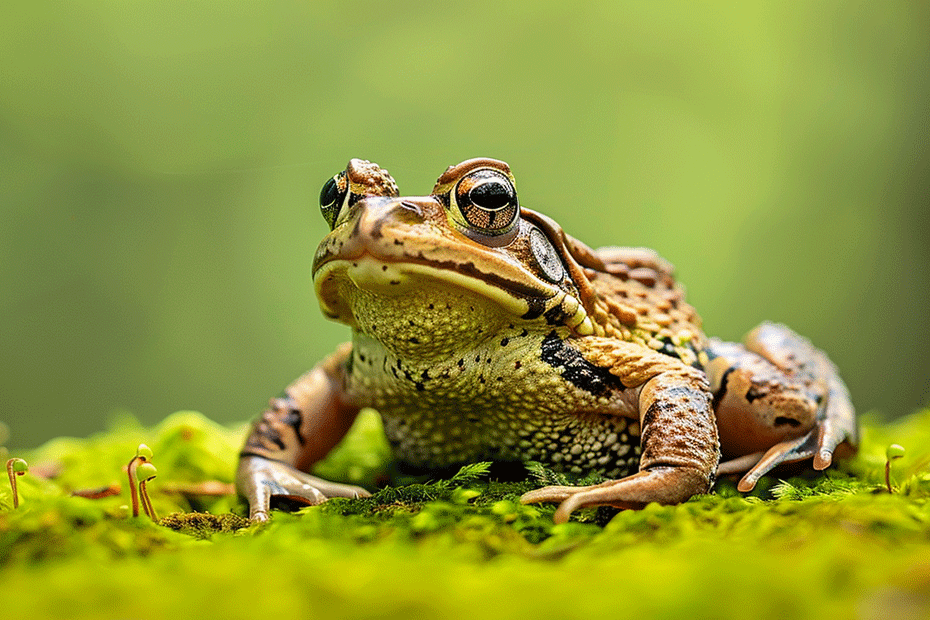Have you ever wondered why toad poop is so big? It’s not just a random occurrence. There are specific reasons behind this peculiar phenomenon that might surprise you. Understanding the science behind toad poop size can provide insights into their unique digestive systems and habitats. In this text, we’ll investigate into the intriguing area of toad poop and uncover the secrets behind its impressive size. Stay tuned to discover the intriguing reasons behind this curious aspect of toad biology.
Key Takeaways
- Toad poop size is influenced by their diverse diet, efficient digestive system, and nutrient absorption capabilities.
- Factors such as diet composition, metabolism, and environmental conditions play a significant role in determining the size of toad droppings.
- A protein-rich diet and balanced fiber intake contribute to the notable size of toad poop.
- Toads primarily feed on insects and worms, which impact the protein content in their diet and, consequently, the size of their excrement.
- The habitat in which toads live can affect the size of their poop, with moist environments leading to smaller droppings and dry areas potentially resulting in larger feces.
Understanding Toad Digestive System
To truly comprehend the mystery of big toad poop, it’s essential to jump into the intricate workings of their digestive system. Let’s explore two key aspects that shed light on this fascinating topic.
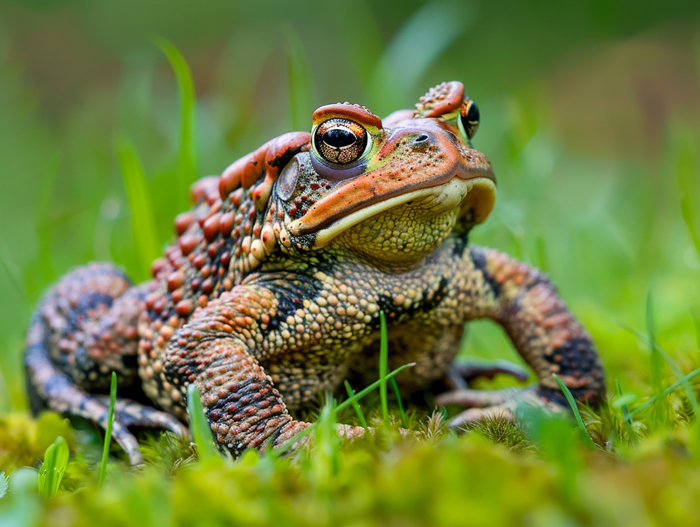
Comparison with Other Animals
When contrasting toads with other creatures, you’ll notice some striking differences. Here are a few key points to consider:
- Toad Diet: Toads have a diverse diet, ranging from insects to small vertebrates. This varied intake impacts the composition and size of their waste.
- Digestive Efficiency: Toads boast an efficient digestive system that maximizes nutrient absorption. This process often results in compact, sizable feces compared to other animals.
Factors Influencing Toad Poop Size
Several factors play a role in determining the size of toad droppings. Here are some critical influencers to bear in mind:
- Dietary Habits: The type and quantity of food consumed directly impact the size of toad poop. A rich, protein-heavy diet can lead to larger waste output.
- Metabolism: Toad metabolism influences the breakdown of food and subsequent waste production. Variations in metabolic rates can affect the size and consistency of fecal matter.
In unraveling the intricacies of toad digestion, these insights offer a glimpse into the unique biology that culminates in the notable size of their excrement.
Diet and Toad Poop Size
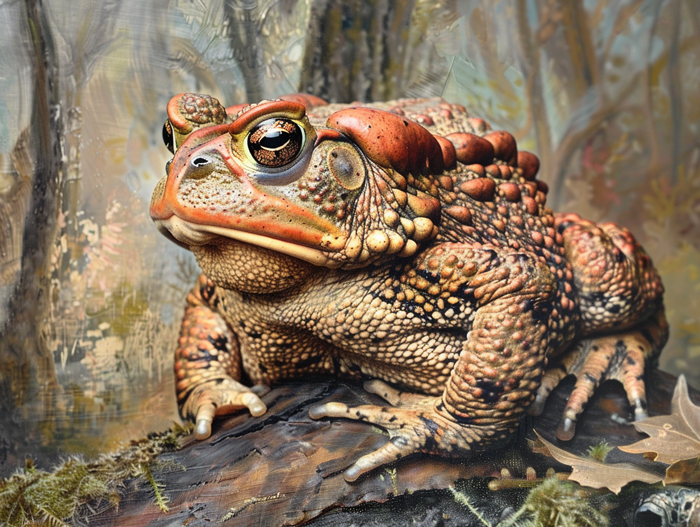
Impact of Diet on Digestion
Toad diet plays a crucial role in the size of their poop. Here’s how:
- High Protein: Toads consume insects, which are rich in protein. Protein-rich diets lead to larger droppings as they contain essential nutrients.
- Fiber Intake: Toads have a balanced fiber intake from plants, aiding in smoother digestion and contributing to the bulk of their waste.
Analysis of Typical Toad Diet
A typical toad’s diet mainly consists of:
- Insects: Toads prey on insects like beetles and crickets, providing them with the necessary protein for growth and energy.
- Worms: Consumption of worms adds to their protein intake, influencing the size of their excrement.
In understanding the relationship between diet and toad excrement, you gain insights into the intriguing area of these creatures.
Environmental Factors
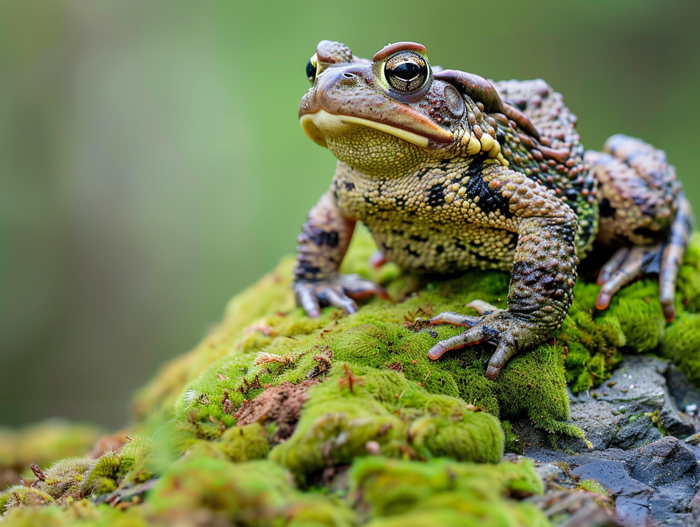
Effect of Habitat on Toad Poop Size
Toad poop size is influenced by various environmental factors, with habitat playing a significant role. Here’s how different habitats can impact the size of toad droppings:
- Moist Environments: Toads in moist habitats tend to have smaller poop due to better digestion and hydration.
- Dry Environments: In dry areas, toads might have larger poop as a result of water retention and slower digestion.
Understanding the effect of habitat on toad poop size provides insights into the adaptability of these fascinating amphibians.
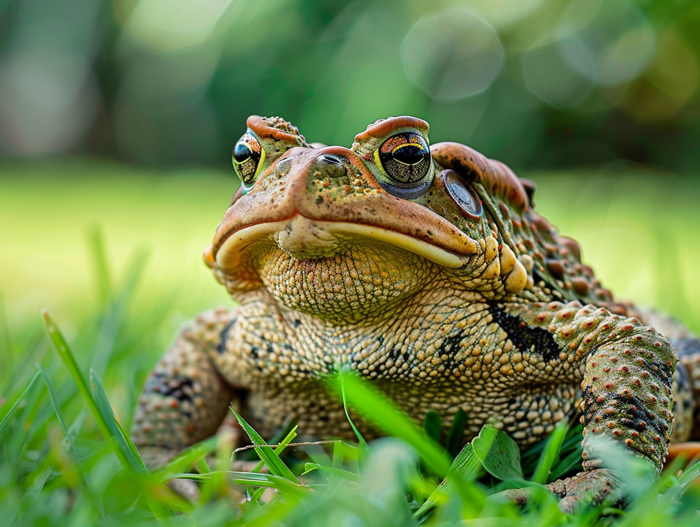
Conclusion
Toad poop size is a fascinating topic that reveals the intricate relationship between diet, habitat, and environmental conditions. The article highlights how a toad’s poop size can vary based on factors such as protein-rich insect consumption and fiber intake from plants. Also, habitat conditions play a crucial role, with toads in moist environments typically producing smaller droppings compared to those in drier regions. By understanding these dynamics, we gain valuable insights into the adaptability of toads in different habitats. The size of toad poop serves as a reminder of the complex interplay between diet, environment, and physiology in the animal kingdom.

Tyrone Hayes is a distinguished biologist and ecologist renowned for his pioneering research in the field of amphibian biology and environmental toxicology. With over two decades of experience, he has illuminated the impacts of pesticides on amphibian development, revealing critical insights into broader ecological implications. Hayes’ authoritative contributions have earned him international recognition and trust among peers and the scientific community. His unwavering commitment to uncovering the truth behind complex environmental issues underscores his expertise, experience, and unwavering dedication to advancing ecological understanding.
